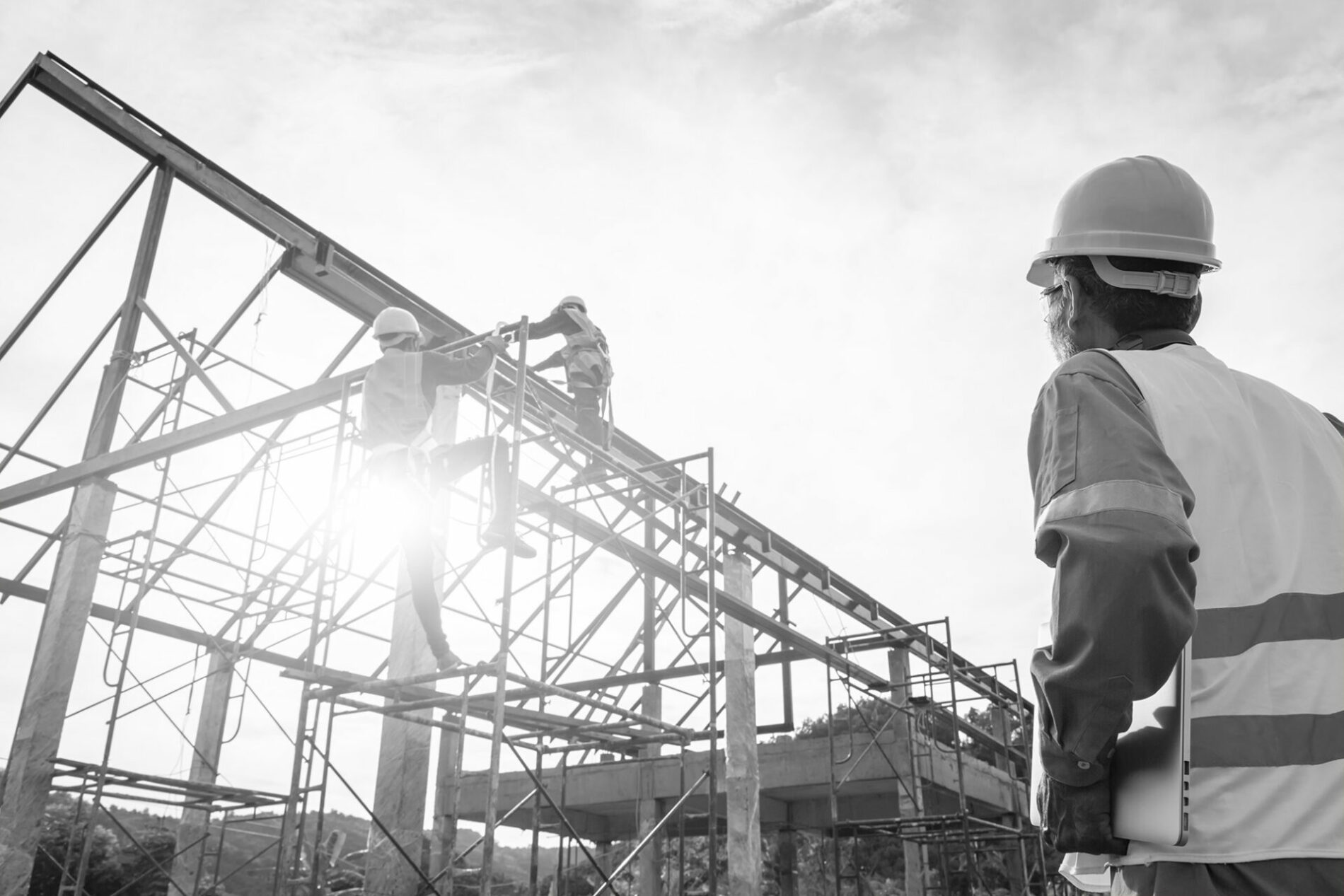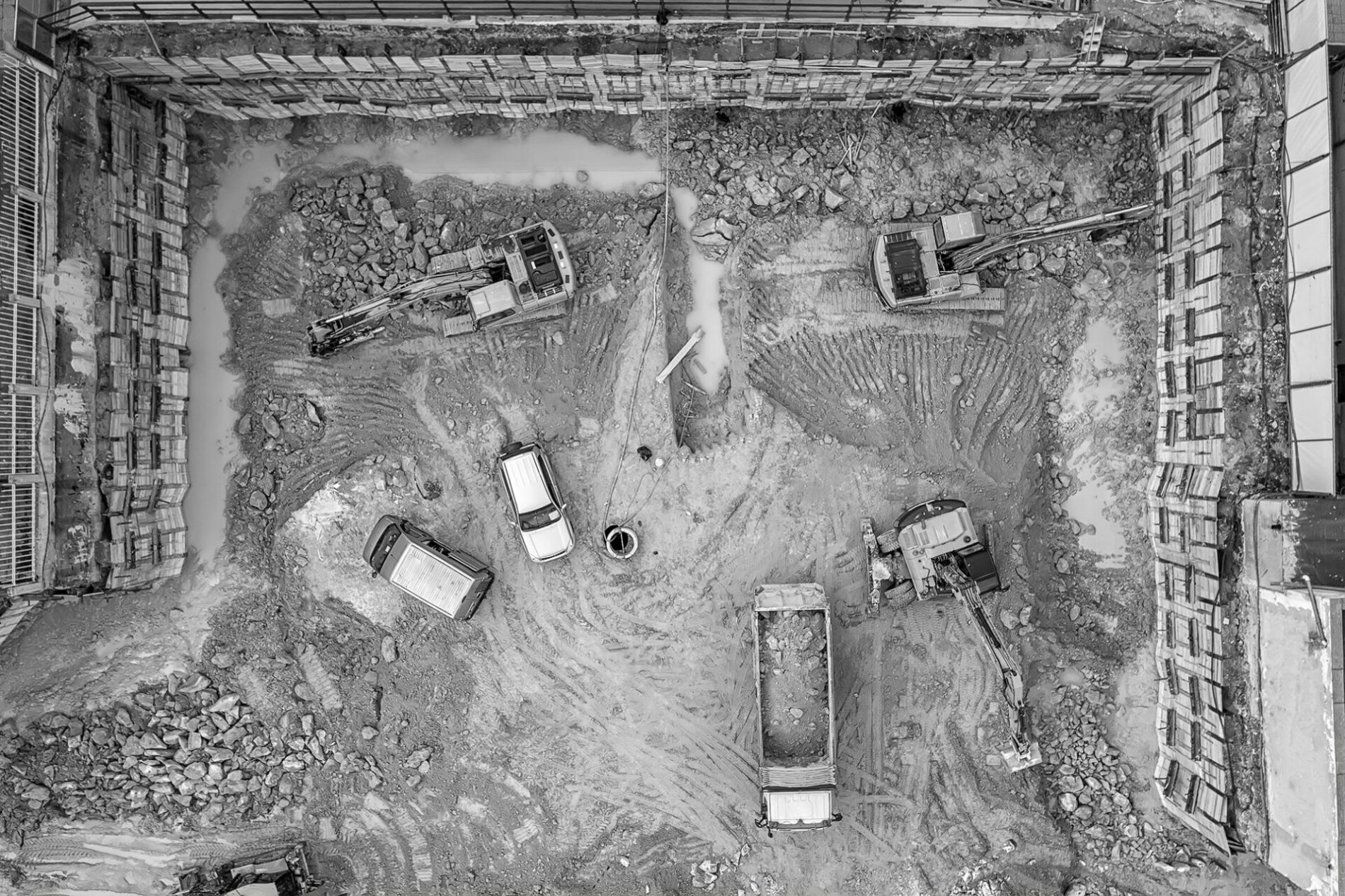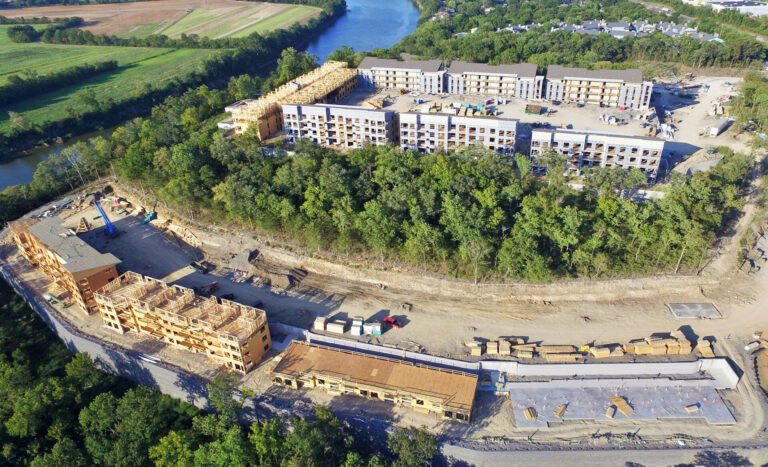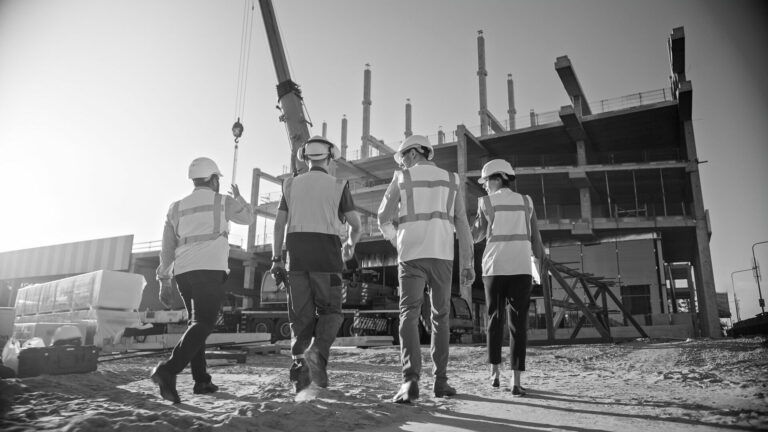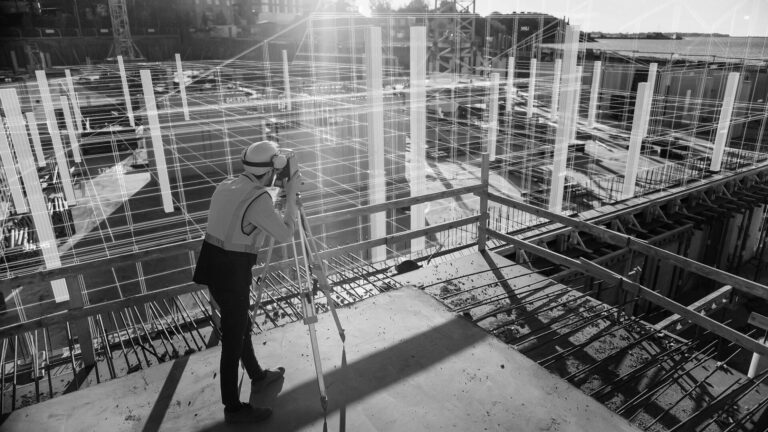According to the Canadian Construction Association, the industry contributes about $151 billion to the economy annually. This figure accounts for 7.4 percent of Canada’s gross domestic product (GDP). Furthermore, the CCA states that society enjoys a number of auxiliary benefits as a result of the work being done in construction. “The construction industry is an economic powerhouse, driving job creation, strengthening supply chains, supporting investment, and feeding the growth of other economic sectors. Construction employs over 1.6 million people in Canada, creating an employment creation ripple effect in other sectors like engineering, manufacturing, technology, and retail.” This behemoth of an industry is one of the key forces driving Canadian life. Road and travel networks, internet and connectivity, housing, and retail; these sectors are all deeply reliant on the work being done on jobsites around the country. It is no surprise, therefore, to see that when the federal government recently announced its budget, construction investment was given high priority. Thankfully for those within the industry, billions will be invested in construction over the coming months and years.
Canada’s Budget 2024 came with the tagline, ‘Fairness for every generation.’ Within this budget comes a plan to increase the rate, quality, and volume of housing to ensure that Canadians have access to top quality housing at every stage of their lives. “The 2024 federal budget is the government’s plan to build more homes, faster, help make life cost less, and grow the economy in a way that helps every generation get ahead.” With a pledge to build 3.87 million net new homes by 2031, the hope is that every citizen will have access to an affordable place to live, either through purchase or rent. This will be achieved through a series of funding initiatives across the housing sector that add up to $8.5 billion. Many elements of the plan are innovative and forward thinking with the use of old federal offices, Canada Post buildings and some National Defense properties being reconverted to housing stock.
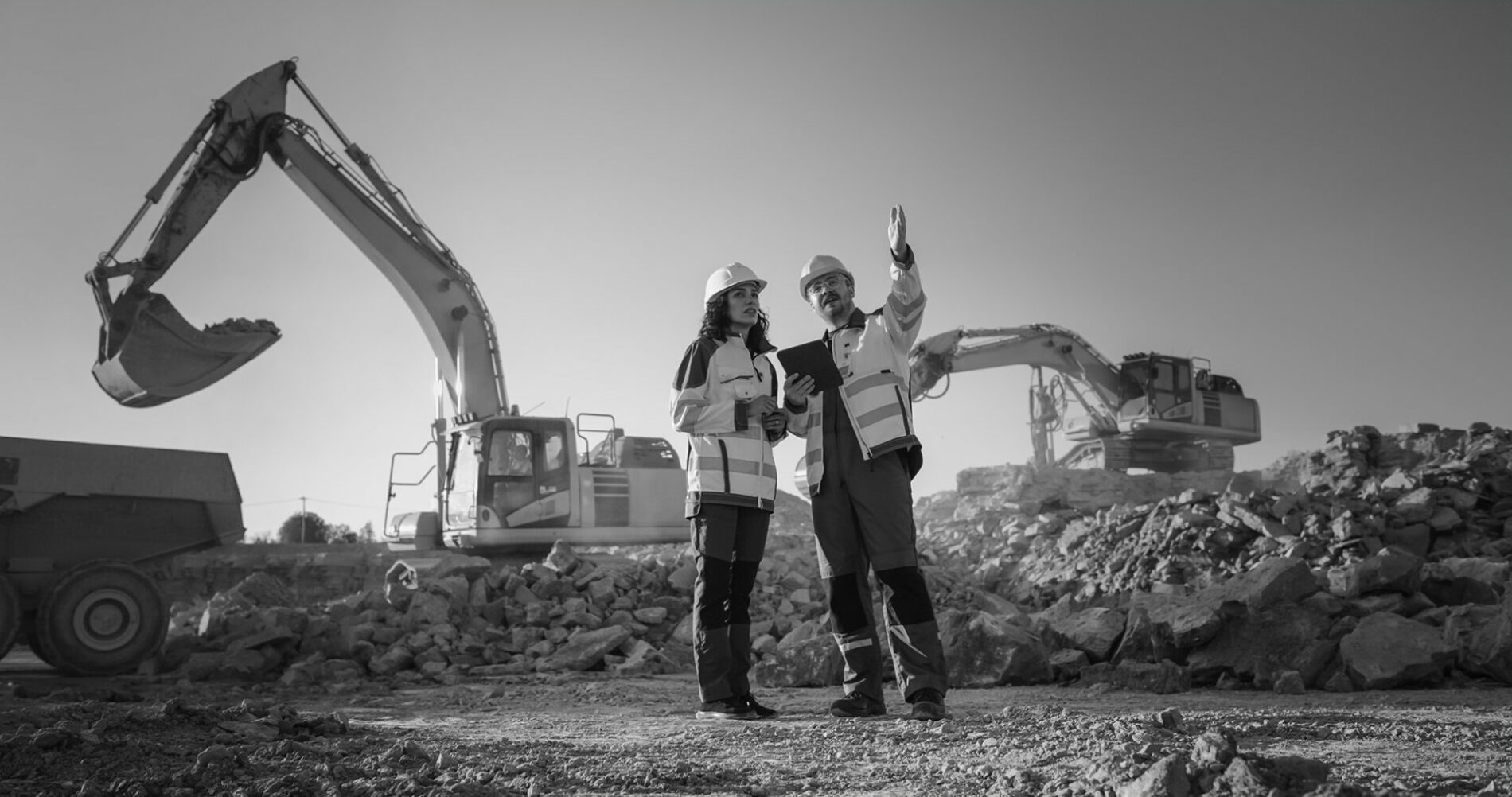
Alongside this budget announcement, Prime Minister of Canada, Justin Trudeau, launched the Canada Builds program and an additional suite of changes to building legislation that would support the timely and efficient building of new homes. “One of the biggest pressures on young people right now is housing, and this is true for Canadians right across the country. We’ve already taken bold action to build more homes, faster, improve access to housing, and make homes more affordable – and we know there is more to be done. We need a Team Canada effort to tackle our national housing crisis – getting every partner on board and getting more homes built. That means every order of government coming together and building more homes for Canadians at prices they can afford, especially on land ready for development.”
“The program is on track to build over 131,000 units within the next decade.”
Trudeau’s announcement includes the delivery of a $15 billion top-up to the Apartment Construction Loan Program (ACLP) which will aim to build a minimum of 30,000 new apartments. With this, the program is on track to build over 131,000 units within the next decade. Canada Builds, however, may be the real game changer. By partnering with provinces and territories, the government is utilizing the $55 billion ACLP, making it available to support provinces that launch their own ambitious housing plans. Speaking about Canada Builds, Trudeau was highly optimistic. ““With Budget 2024, we’re making it easier, cheaper, and faster to build more homes in Canada. Today’s announcement will cut red tape, speed up development, and build more homes, so that Canadians – from teachers, to nurses, to construction workers – can afford to stay in the communities where they work. It’s making the housing market fairer for every generation.”
Does this go far enough, though? While it is hard to argue that the investment and scope of the plan is widespread, the budget has received a mixed response from the industry and the wider markets. In particular, some within the sector believe that the construction industry isn’t well equipped enough of match the level of investment being provided. Workforce issues have plagued the construction world across North America for years. However, following the COVID-19 pandemic, these challenges have increased significantly and are now an acute problem that needs to be solved immediately. Building thousands of homes, rather importantly, needs skilled workers. Thousands more than the industry currently has, in fact. Steve Robinson, founder of the Future of Work trade show, is less than impressed with the announcement. “The targets that the governments at every level are setting for us are almost unattainable unless we have all the tools we can use actually at our fingertips.” In fact, according to Chris Gardner, President of the Independent Contractors and Business Association (ICBA), the labor force is on a downward spiral with one fifth of the workforce over the age of 55. “Over the next five years, we are going to be losing an awful lot of expertise and experience, and the challenge is we don’t have enough people coming in to replace them,” he said.
Further criticisms of the budget announcement are that, if the industry managed to overcome these workforce issues and housing is built, the people of Canada are in no financial position to purchase one. According to Richard Lyall, president of the Residential Construction Council of Ontario (RESCON), the budget doesn’t address the immediate, cost-of-living challenges. “I think there is some considerable gaslighting going on right now. I’m not seeing much of a budget for young people there. The thing that still concerns me is that first-time homebuyers, younger families are still out of the market. While this budget did have the Capital Cost Allowance for apartment buildings, some extra financing money for purpose-built rentals that’s good, we needed that, but we’re still not really getting at some of the bigger issues that we have.”
This view is echoed by Ian Cunningham, president of the Council of Ontario Construction Associations. “While there’s lots in the budget to support the construction of affordable housing and infrastructure that our industry can be pleased with, it fails to address the fundamental underlying economic crisis that has plagued our economy for decades, that challenges our standard of living and the prosperity of future generations, Canada’s lagging productivity,” said Cunningham. “I had hopes for something better in this regard.”
While the budget has promised much, it is unclear if Canada has the tools to realize these plans. Unprecedented levels of funding are opposed by an inability to build or buy. The future of Canadian housing is hanging in the balance and the next few years will be interesting ones for the construction industry.










